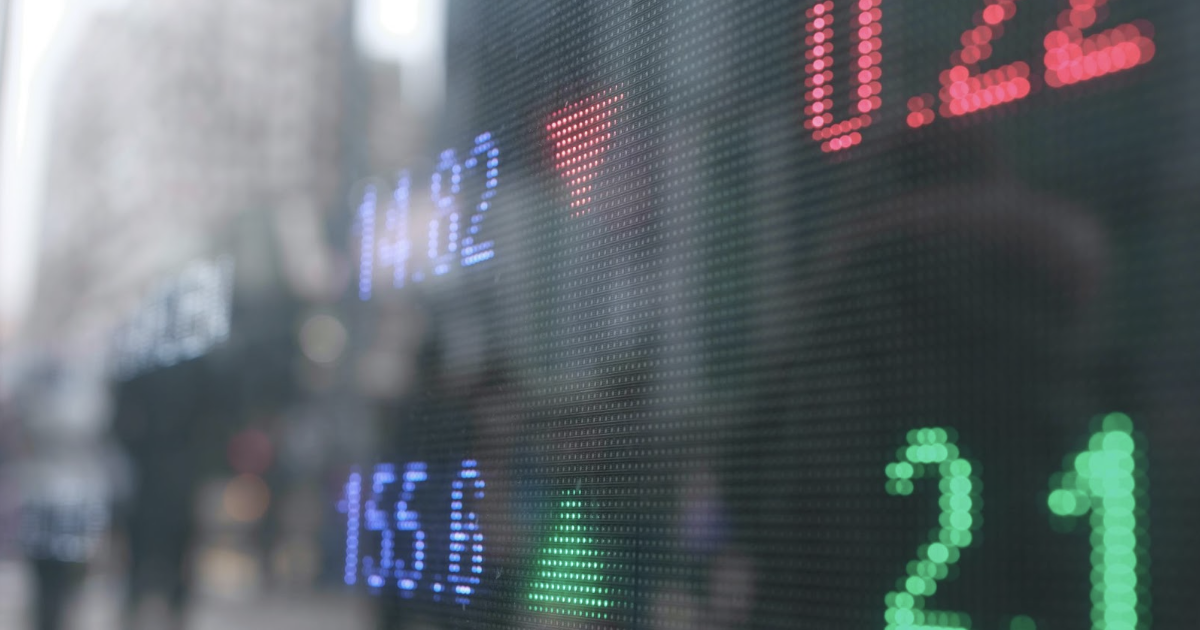What is indices trading?
Indices trading is a type of trading that involves the buying and selling of stocks or shares that are listed on an index. An index is a financial instrument that allows you to quantify the performance of a set of stocks or shares.
There are a few popular trading strategies in the stock market. These strategies can help you make money even in volatile markets. The following article discusses the most popular trading strategies:
1. Position trading
Position trading is a method of investing in the stock market. The trader looks for trends and possible risks. The signals used by position traders often include breakouts of a support or resistance level and price chart analysis. By monitoring the market, a position trader can predict which trend to enter or exit. Likewise, he can predict the short-term trend and decide whether to place an order.
Breakout traders enter positions when the price breaks out of a support or resistance level. The price will generally trend upward after breaking out of the resistance or support level. The trader then waits for a breakout to enter the market. A breakout signal signals an uptrend, and a trader enters a long position. If the price breaks out of the support or resistance level, it will likely continue in that direction.
2. Breakout trading
A breakout trade occurs when the price of security breaks out of its range. This strategy is popular among swing traders and day traders who are looking to capitalize on short-term movements. Breakouts tend to come after a period of consolidation. In general, the longer a stock remains in a consolidation, the more likely it is to offer a breakout and pullback. It is important to know which stocks are likely to exhibit a breakout.
A successful breakout trade will involve predefined market entry and exit and profit targets. This trade is also highly profitable as it aligns with an upcoming trend. The downside is that it can be difficult to find a breakout trade, and oftentimes these optimal setups don't materialize. If you're constantly searching for a setup that works every time, you'll likely end up wasting your time.
3. Shorting the most relevant market index
A market index is a statistical measure of the behavior of a certain group of investments. These investments are typically grouped around a particular industry or the stock market as a whole. The DJIA index includes 30 stocks, while the CRSP index includes more than three thousand. Each index uses a proprietary formula to calculate the overall behavior of an economic sliver. A market index is created by measuring the overall behavior of a certain sliver and using a sufficiently large sample size.
Using leverage to magnify gains and using a longer time horizon
Using leverage to magnify your gains when trading stocks can be a great way to boost your profits. Leverage is the term given to the process of borrowing money to make a bigger stake in a stock. The ratio is often expressed as a multiplier, such as 2:1. In other words, if you have $5,000 to invest in a stock, you can borrow five thousand dollars from your broker to buy the same amount of stock. This process increases your potential gains while also maximizing your losses.
Using leverage to maximize your gains when trading stocks has some risks.
Using a longer time horizon when investing is essential for maximizing returns. Day traders enjoy the short-term challenges that trading involves. They may not have the patience to wait for long-term returns. By contrast, investing takes patience and can help you stick to your plan during market downturns. Regardless of your investment style, using a longer time horizon can give you the edge that you need to make your investments successful.
The recent emergence of sophisticated high-frequency trading has made it possible to trade stocks at a nanosecond scale and a second-time scale. While this can cause significant advantages for high-frequency traders, it is important to understand the underlying relationships between the indices and their constituent stocks. The long-term relationships between stocks and indices are not yet fully understood, but future studies will examine the impact of these short time scales on index prices.


